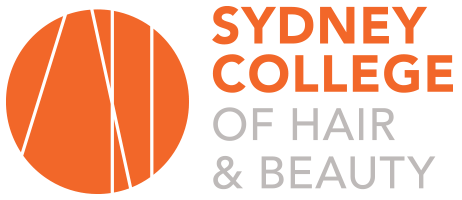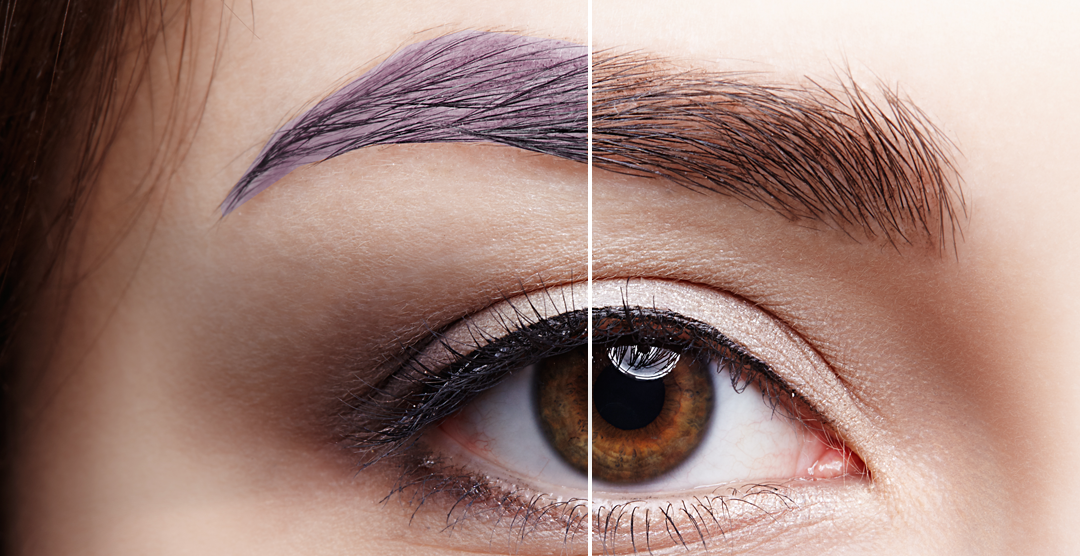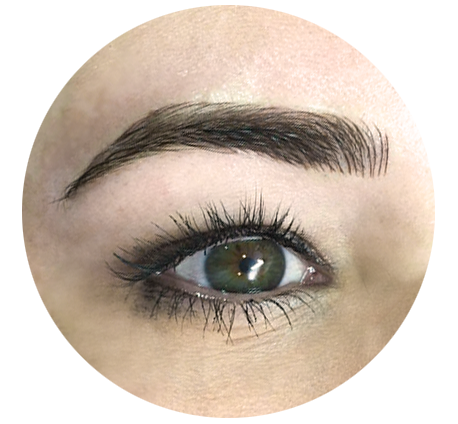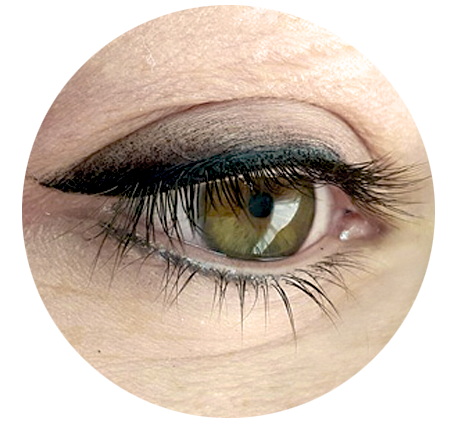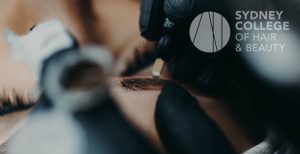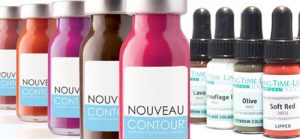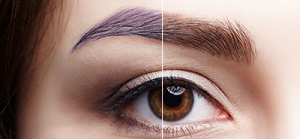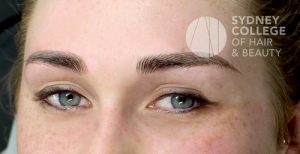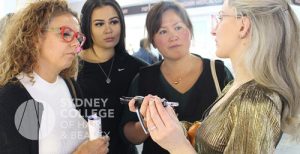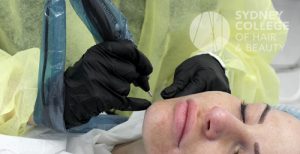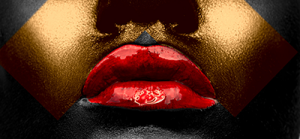How does colour correction work?
There are many reasons that a client may need colour correction performed. They could have residual colour from a previous tattoo that has faded or they may have recently had a tattoo done that has not healed as expected.
Why do colours change and fade unevenly? Pigments are made up of multiple different colourants . Some of the colourants may be broken down easier by the body than others. If the applied pigment uses red, yellow, and black colourants the body may break down and process the black and the yellow pigment faster, resulting in the remaining pigment looking red after some time. For more information on what goes into PMU pigments and inks read my article here: https://schb.com.au/what-is-in-pmu-ink-and-how-to-choose-a-quality-brand/
Factors that affect the colour of ink applied:
– clients skin undertones, blood vessels and melanin
– clients outer skin tones – this is the colour of the healed skin above the pigment.
– immune cells that heal around the pigment
There are also other factors that effect pigment colours after healing including:
– Clients Ethnicity,
– Climate / sun exposure
– medications
– skin care products : anti ageing products that contain retinol, glycolic and hyaluronic acids, salicylic & lactic products
Common Colour Correction Problems:

Red Tones : Correct with cool taupe colour with green undertones.

Green Tones : Correct with warm red based browns.
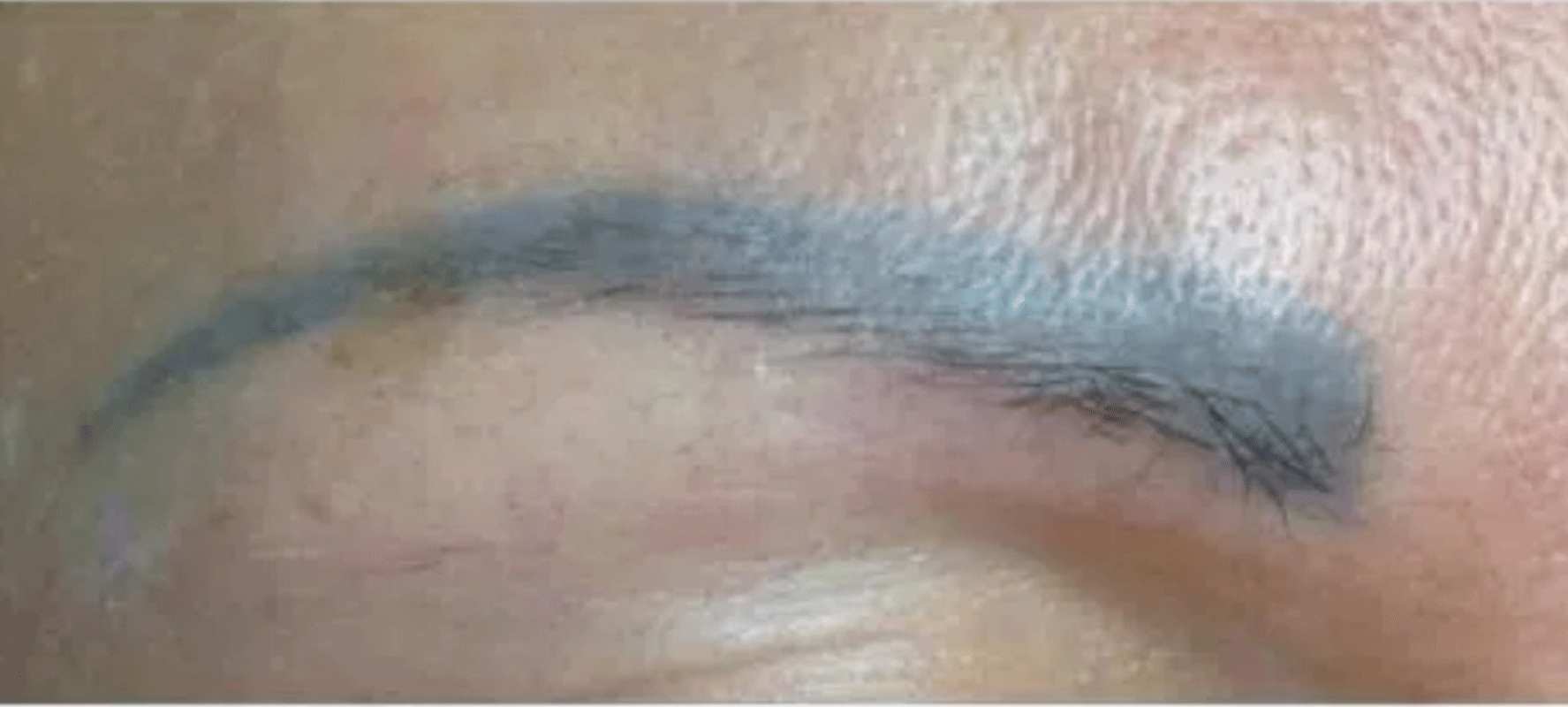
Blue/Grey Tones : Should be corrected with warm red/orange based tones.
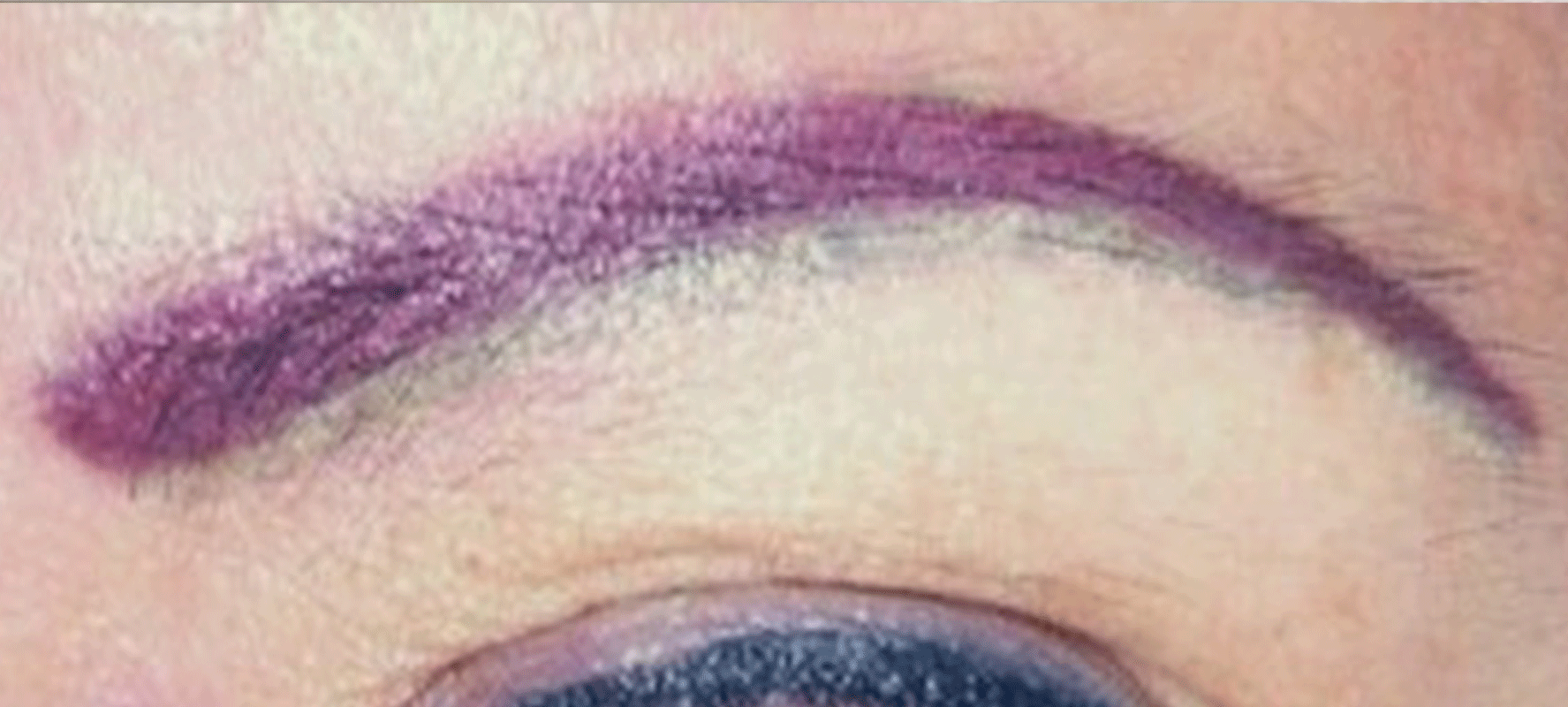
Purple Tones : Should be corrected with a cool taupe based colour with yellow undertones.
Generally it is better to correct the pigment colour that remains rather than try to remove the pigment completely. This is because colour removal is more damaging to the skin than neutralising the colour with a corrector.
The basic idea behind colour correction is to counteract the offending tones with tones that are opposite on the colour wheel. A good pigment provider will include charts that outline which pigments are best for colour corrections and the base tones of each pigment.
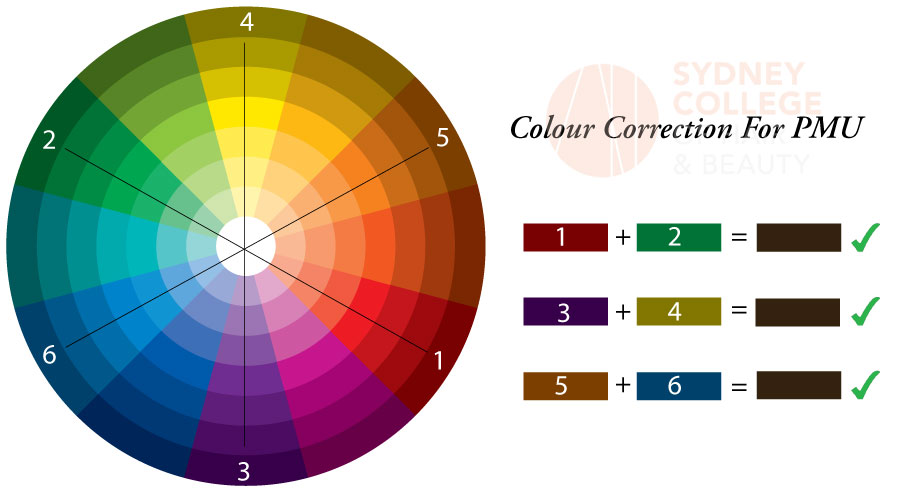
Warm Tones
When covering a warm residual colour you should choose to work with a cool taupe colour. You can work to the same depth as you would when applying permanent makeup.
Cool Tones
For correcting cool tones it is advised to use a lighter pressure (depth) than you normally would. This is because you want the corrector to sit above the offending green/blue pigment – not to mix with it under the skin.
Remember :
Be aware that by attempting to correct problem colours you are involving yourself in the problem. You should not attempt a correction if you are not comfortable or not sure of what you are doing.
- It is better to under promise. Do not offer your client a guaranteed result as there is no way to know if they will react well to the correction. Be sure that the client fully understands this before agreeing to carry out any work.
- Know your pigments and their base colours.
- Document each stage of treatment – especially before photos so that you can compare the result. Take note of the colours, needles, and aftercare used for future reference.
- Charge a fair price for your work – you are not a charity and have no obligation to offer free work.

Related Courses :
Microblading Courses
Choose from our 2 or 3 day courses and learn Microblading
Microblading with David Brow
Seasonal workshops in 2019
Masterclass with Zara
Learn the latest European PMU trends and techniques
Ready to start learning ?
Official Distributor of Australia & NZ

Quality cosmetic tattooing devices, pigments & needles. Made in Germany.
Payment Plans Available

We offer zero interest payment plans on our courses, workshops, and cosmetic tattooing supplies & devices.
